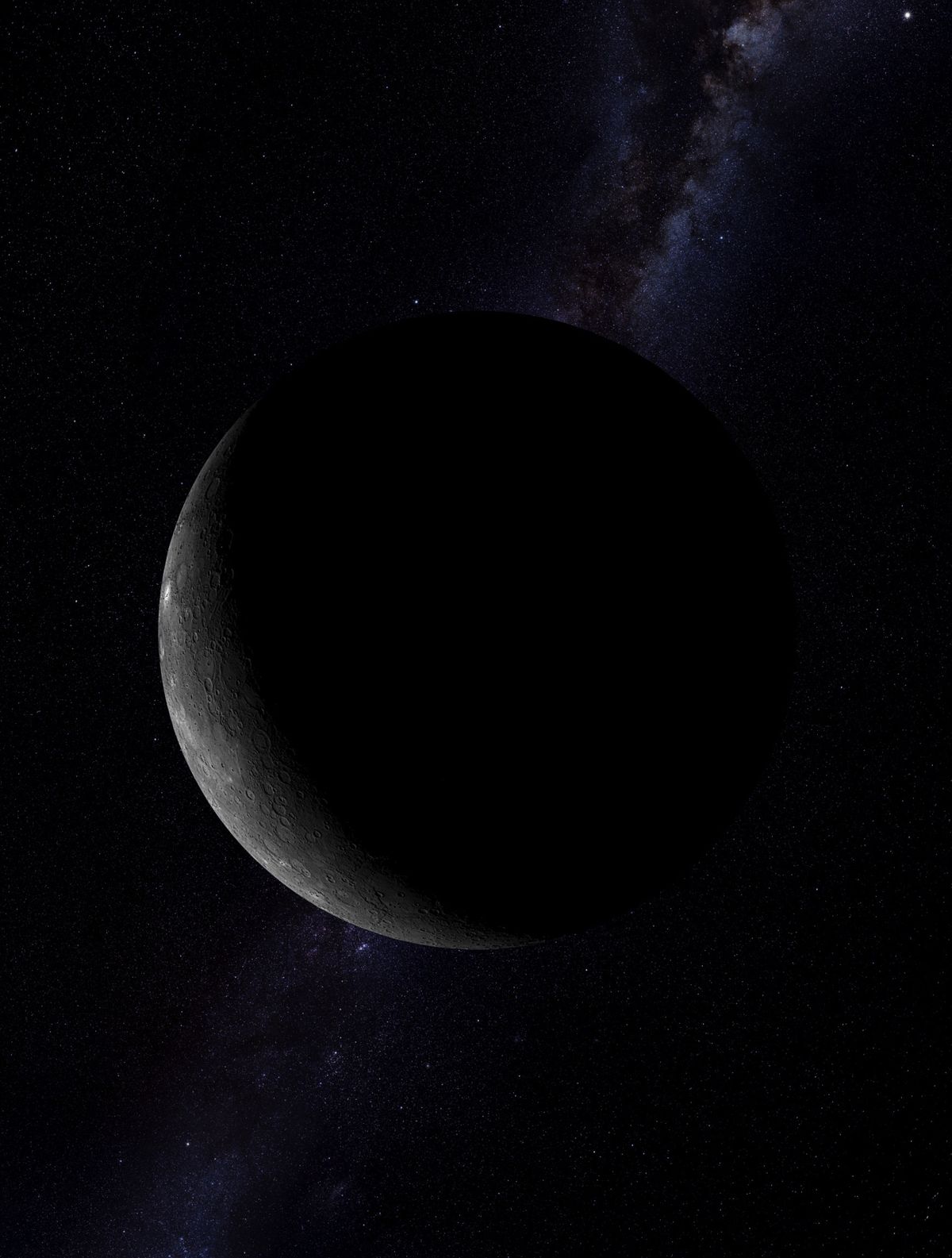The solar system’s smallest planet, Mercury, has long intrigued astronomers, but recent observations have revealed a startling phenomenon: it is shrinking at a remarkable pace. Understanding the mechanisms behind this contraction not only furthers our knowledge of Mercury but also invites us to reconsider our assumptions about planetary evolution and geology.
To grasp why Mercury is shrinking, we first need to delve into its geological composition. Mercury, a metallic core surrounded by a silicate mantle, is subject to intense thermal dynamics due to its proximity to the Sun. As the planet cools, particularly its core, it causes the surrounding materials to contract. This cooling is a product of the planet’s age—over 4.5 billion years—meaning that what we witness today is the long-term result of its formative processes.
The primary driver of this shrinkage is the slow but significant loss of heat from Mercury’s interior. Unlike its larger counterparts, such as Earth, Mercury possesses a relatively thin lithosphere, which does not insulate its core as efficiently. As a result, the core’s heat dissipates more rapidly, leading to a contraction in the planet’s dimensions. This phenomenon manifests as “lobate scarps,” which are essentially cliff-like structures that form as the planet’s crust buckles in response to the cooling interior.
The rate of contraction is astonishing; researchers estimate that Mercury has shrunk by about 7 kilometers over billions of years. This figure may seem minuscule on a cosmic scale, yet it signifies a fundamental transformation of the planet. Understanding this shrinking offers tantalizing insights into the planet’s geological past—a past rife with volcanic activity and tectonic shifts, which have paved the way for its current, battered visage.
Mercury’s shrinking brings forth fascinating questions regarding planetary obsolescence and evolution. Will this ongoing process ultimately lead to its demise, or will it transition into another geological epoch? Furthermore, what implications does this have for similar celestial bodies within our solar system? The phenomenon invites comparison with Mars, which has also exhibited signs of geological change, albeit on a different scale.
In summary, the shrinking of Mercury unfolds a narrative of celestial dynamics that rock our perceptions of planetary growth and decay. The ongoing investigation surrounding this enigmatic planet not only satisfies scientific curiosity but also serves as a reminder of the ever-changing and unpredictable nature of our universe. As we unravel the complexities of Mercury, we find ourselves peering deeper into the tapestry of planetary formation and the relentless forces that shape celestial bodies.
